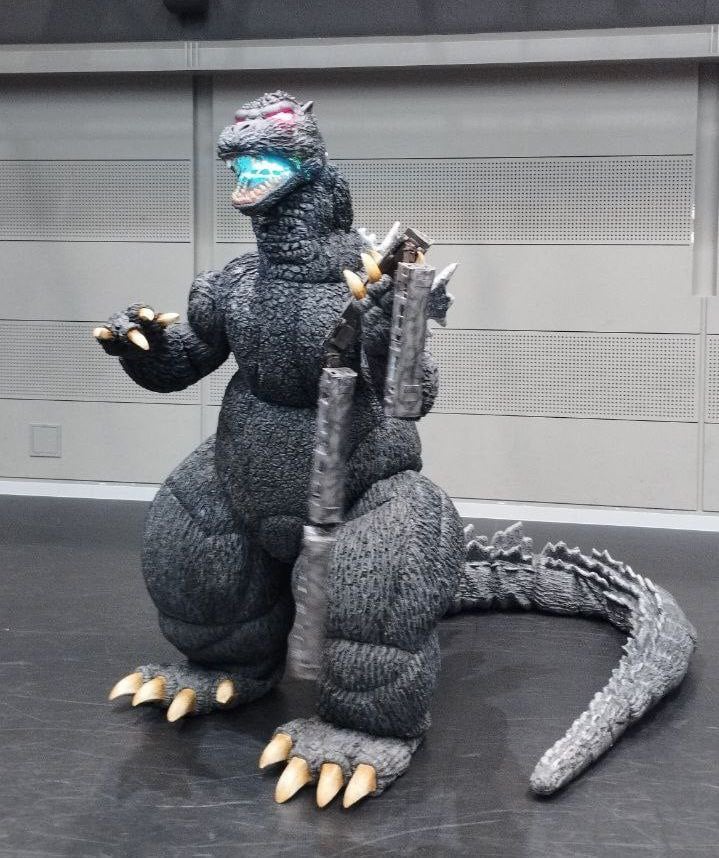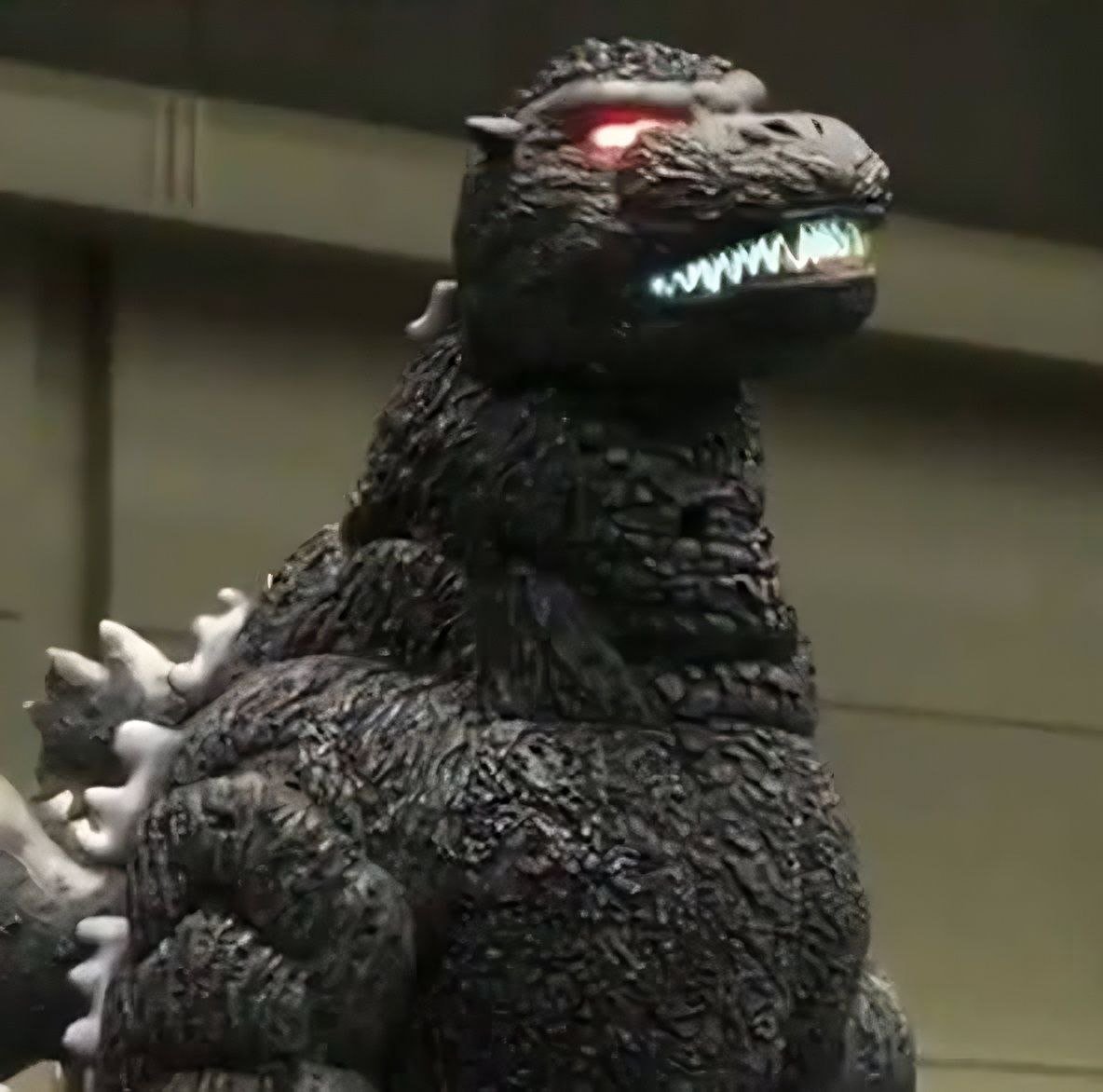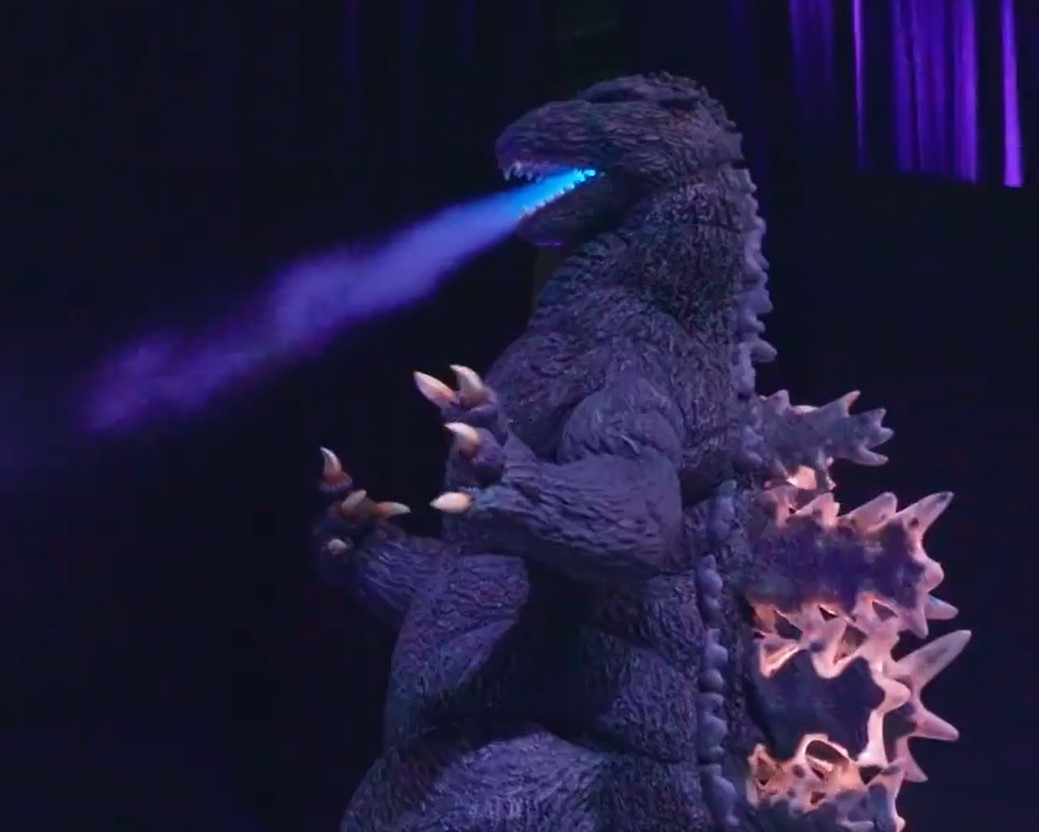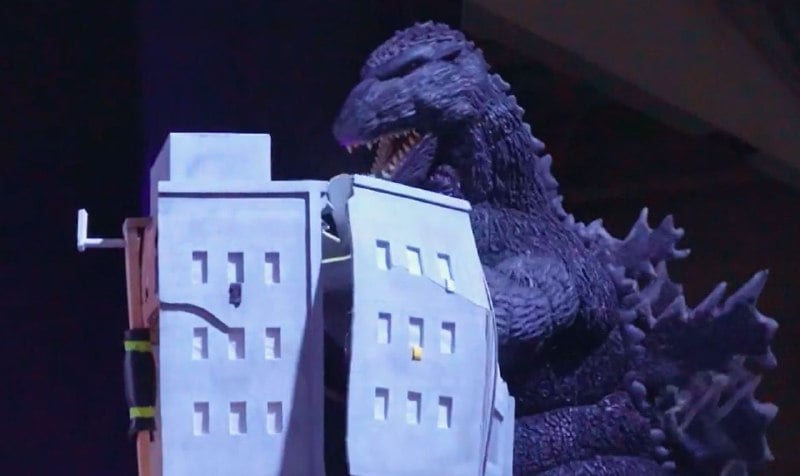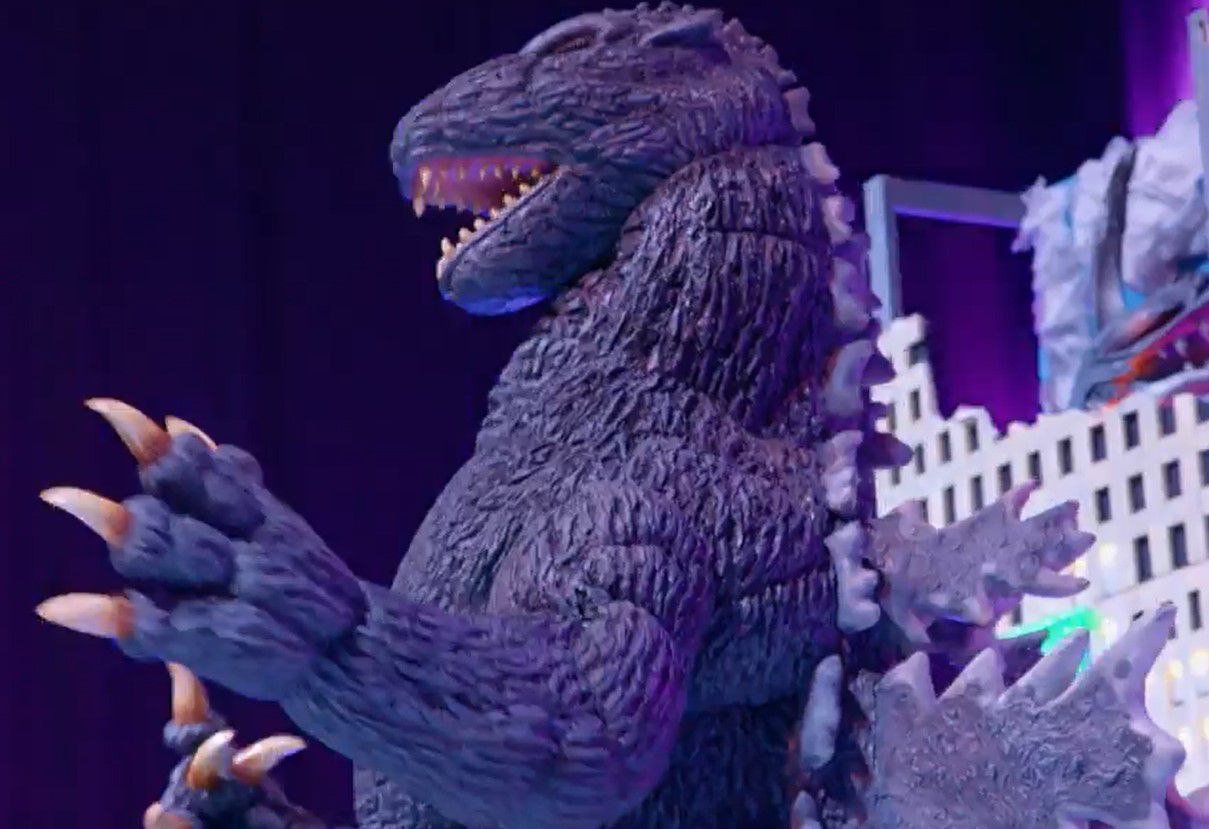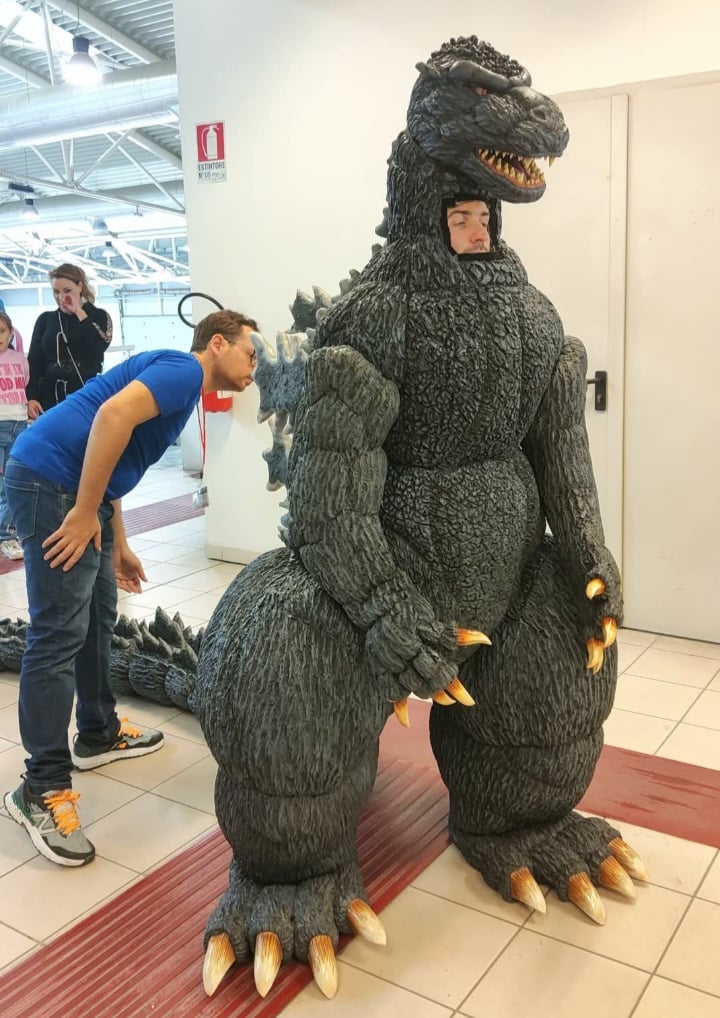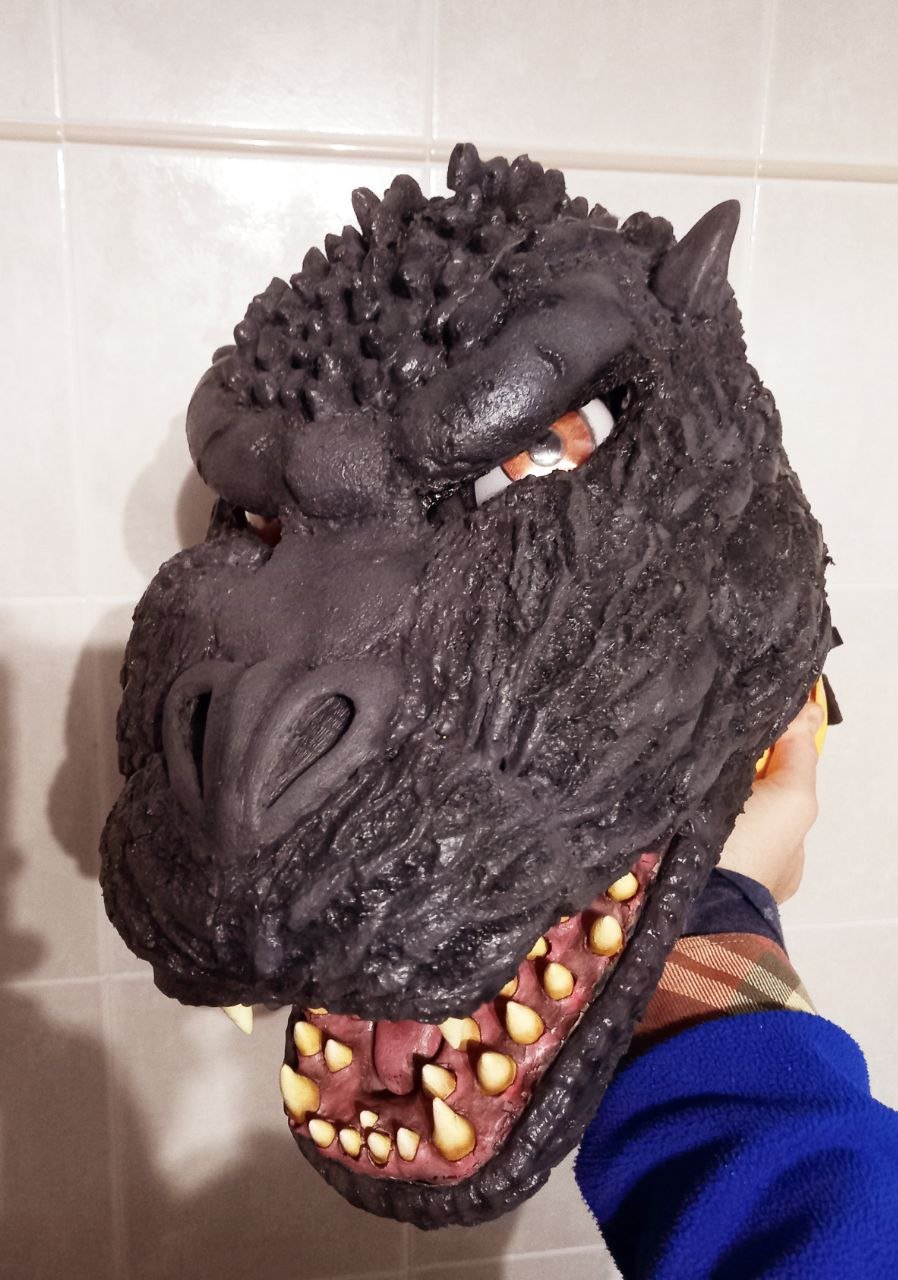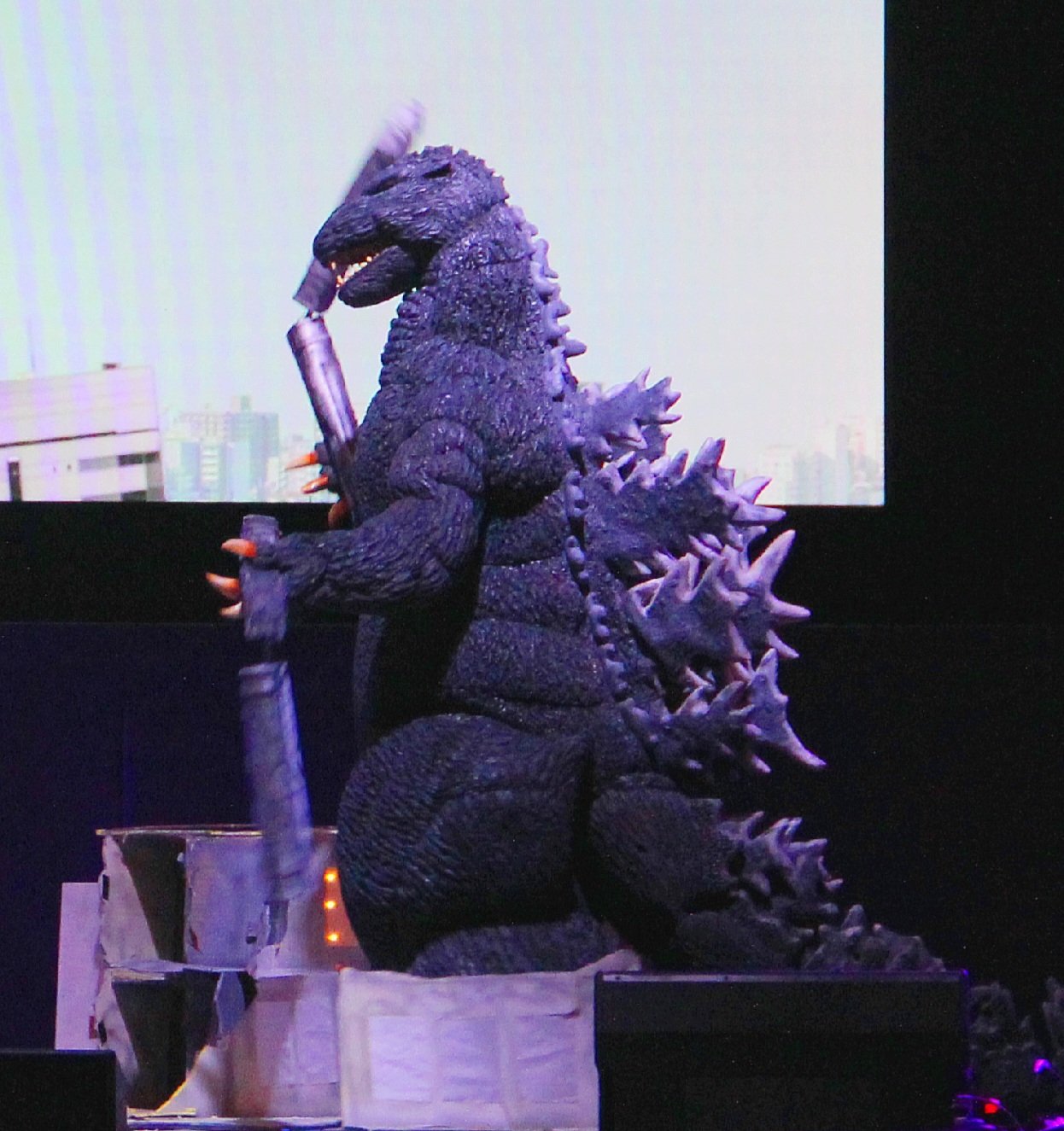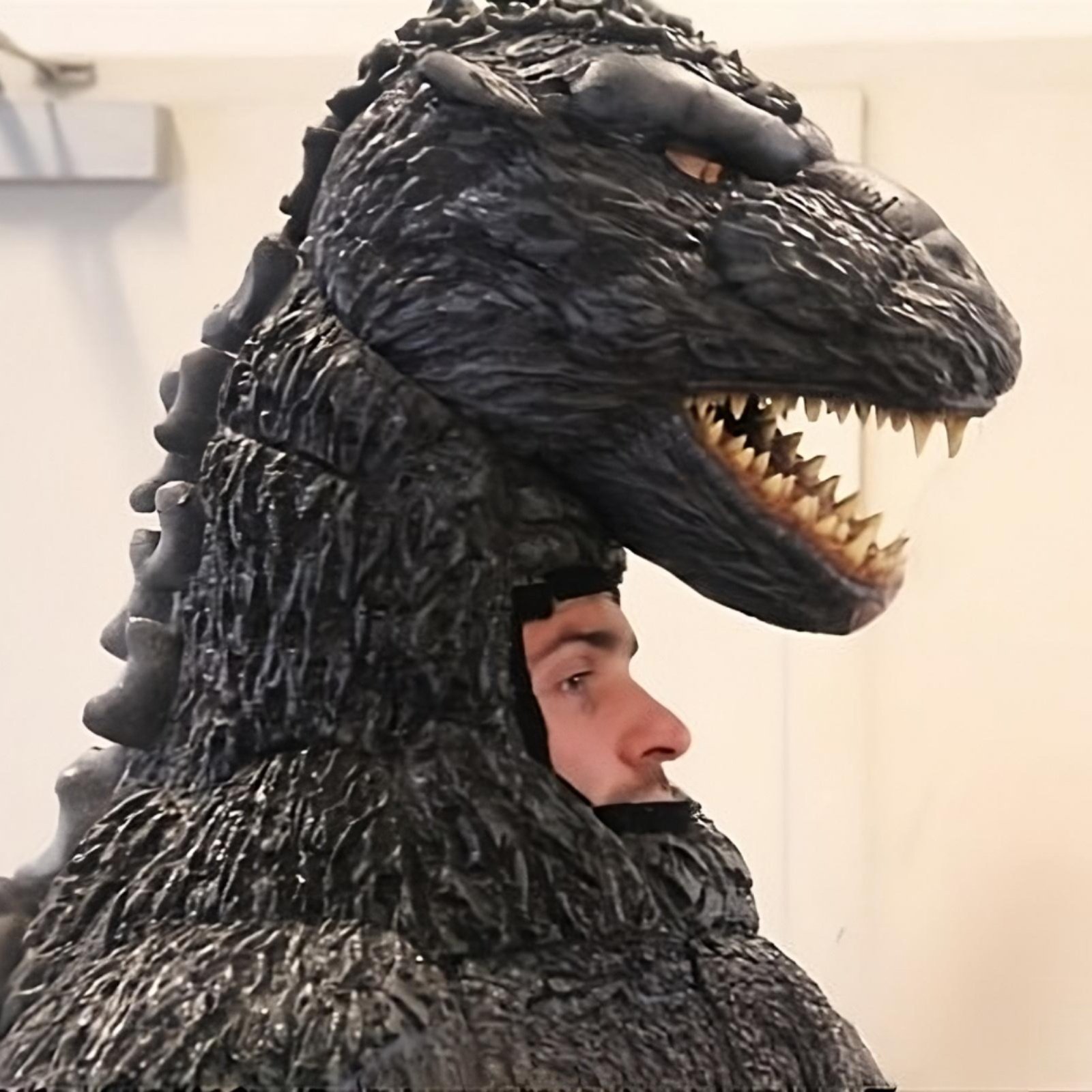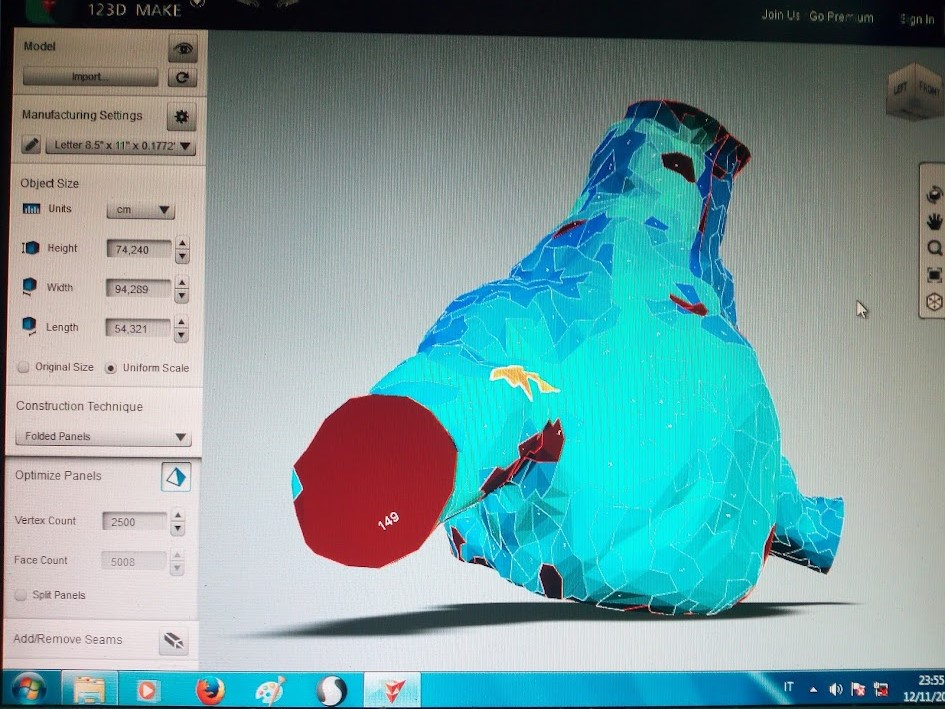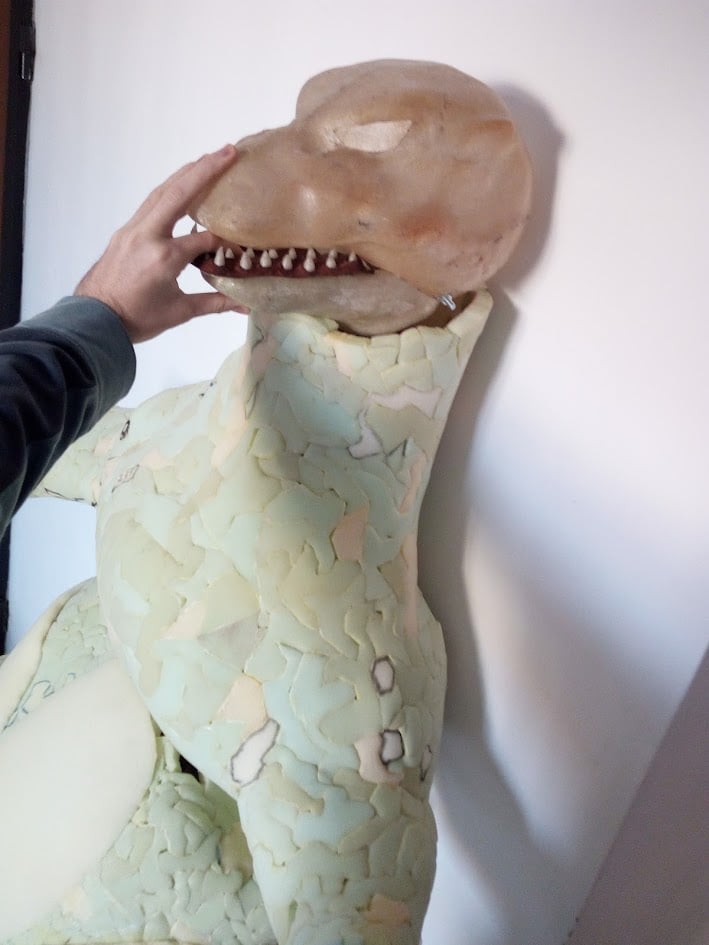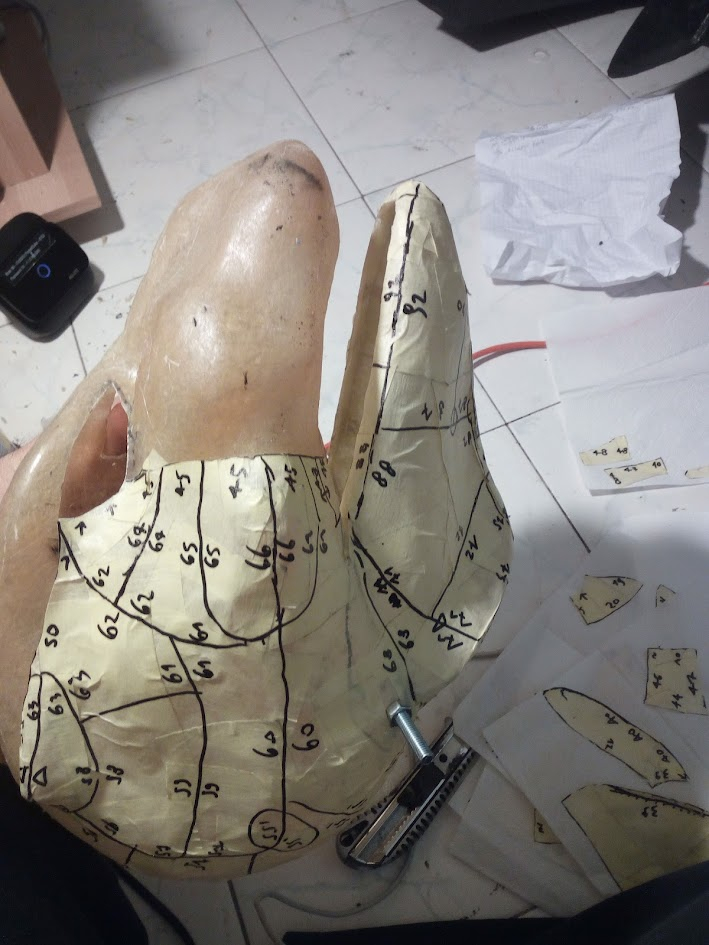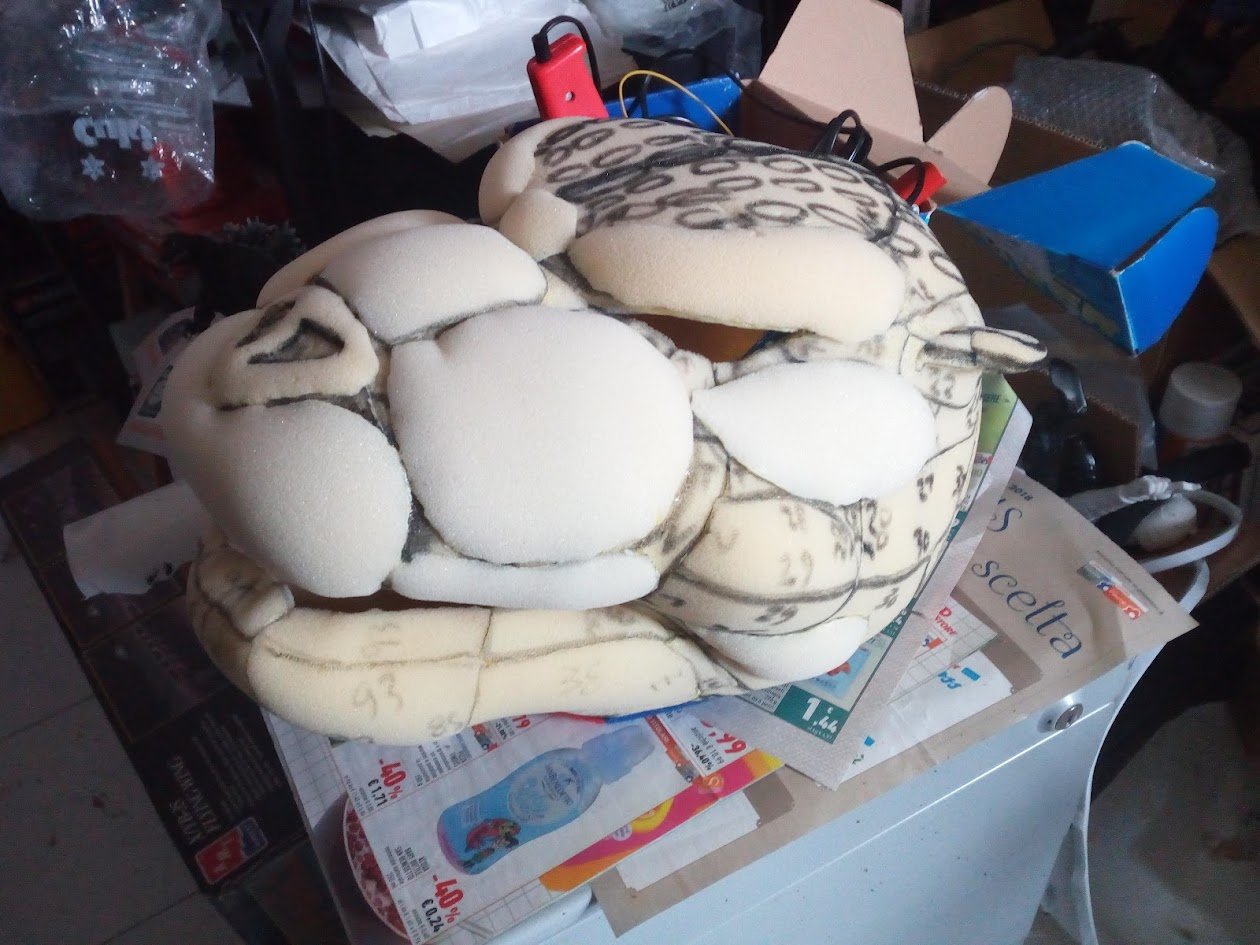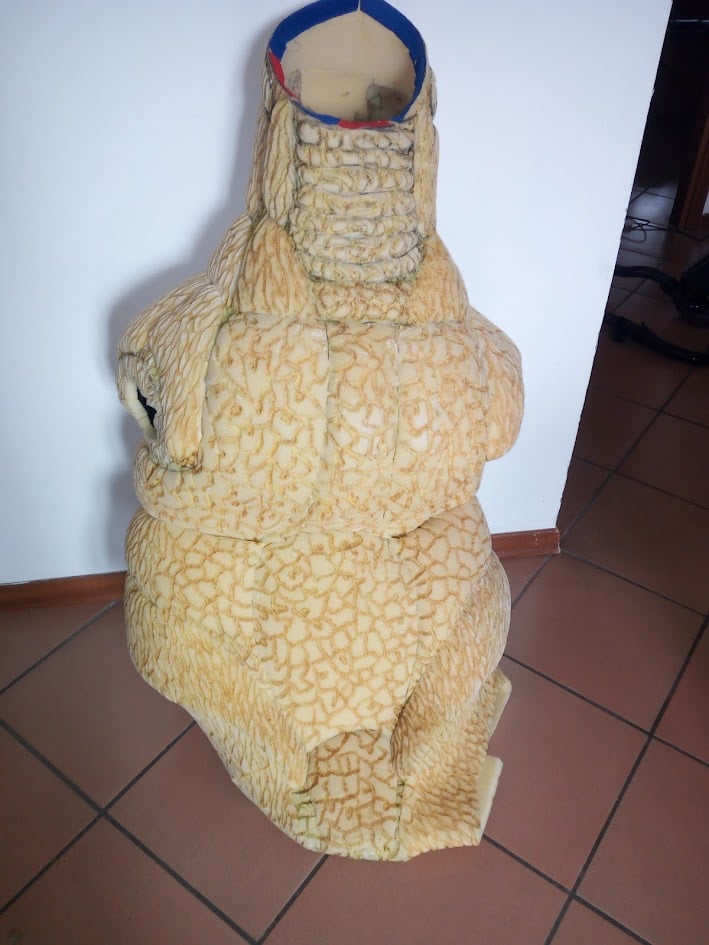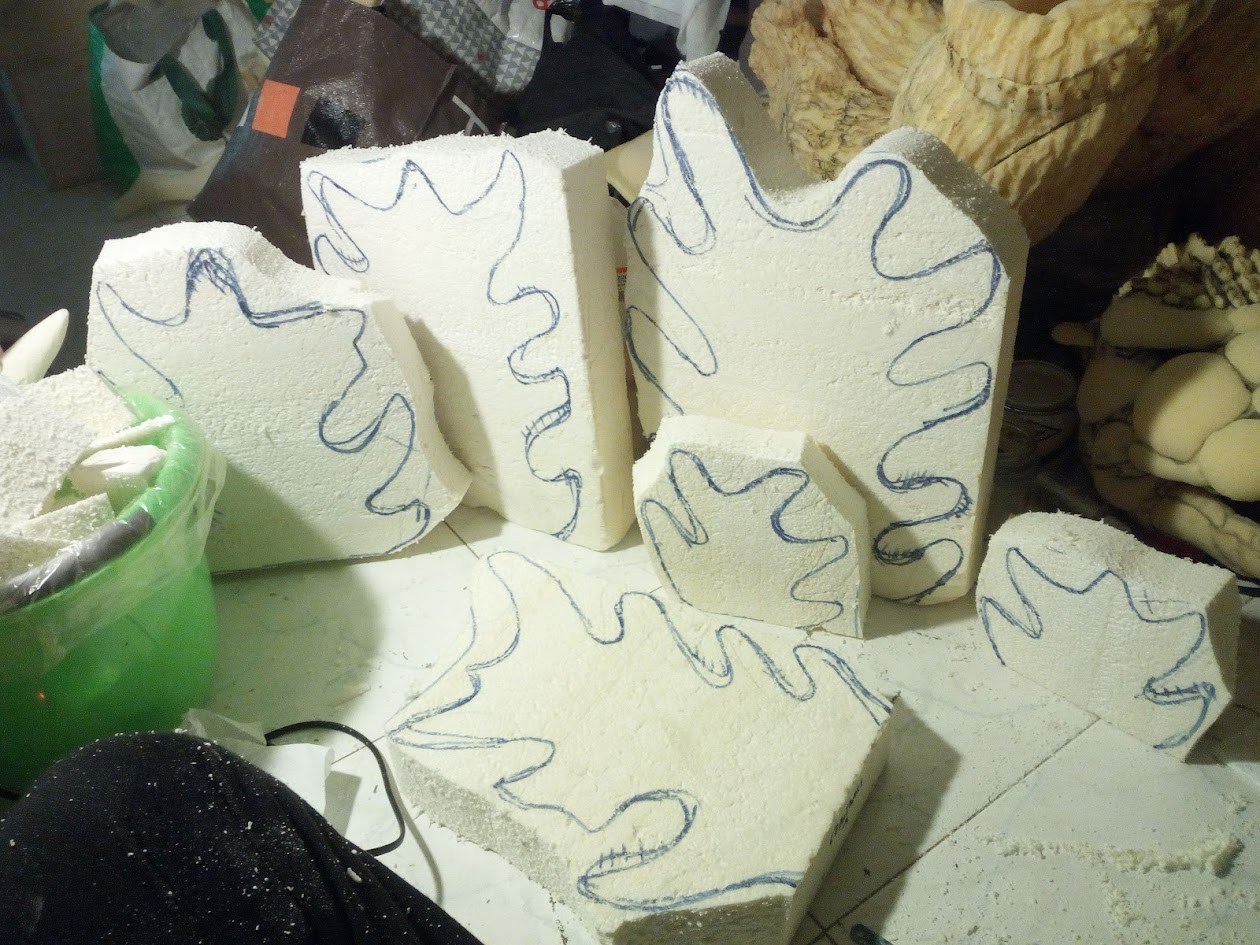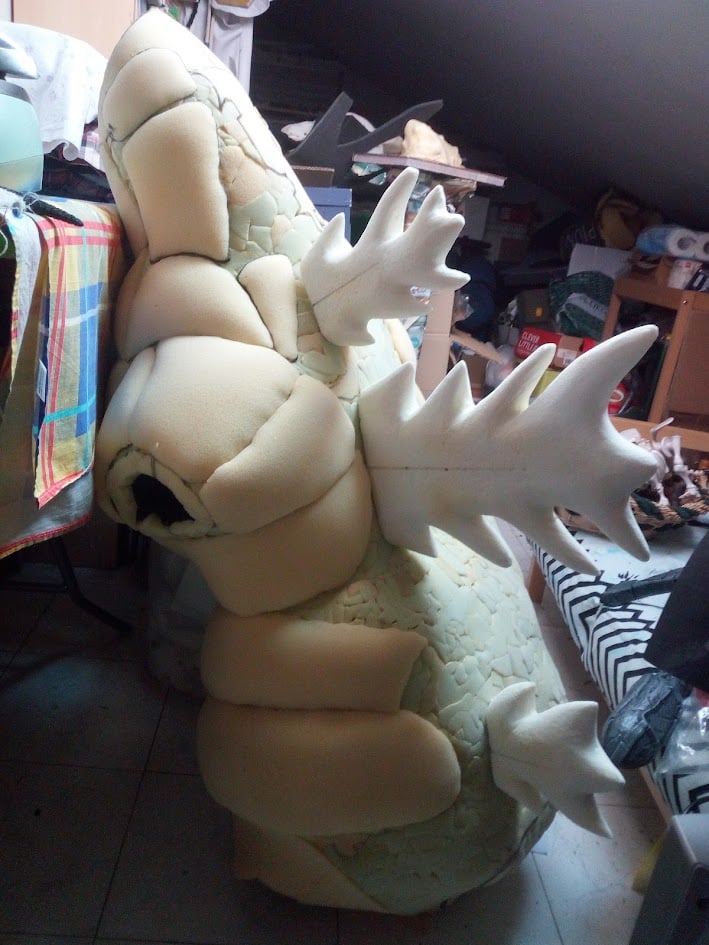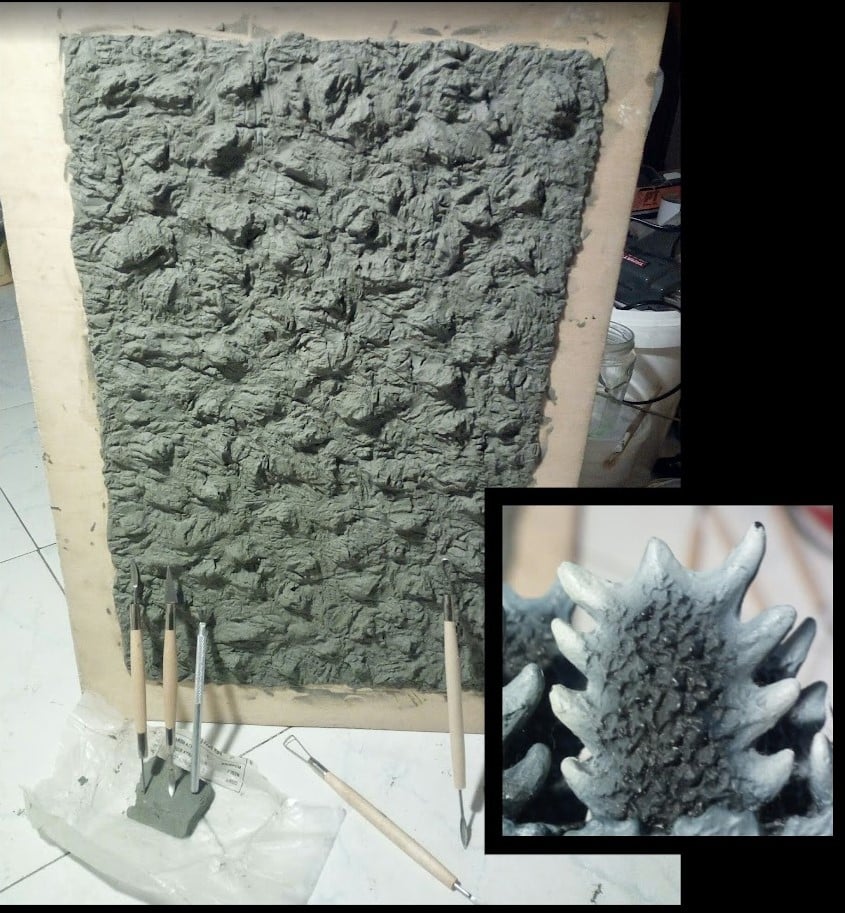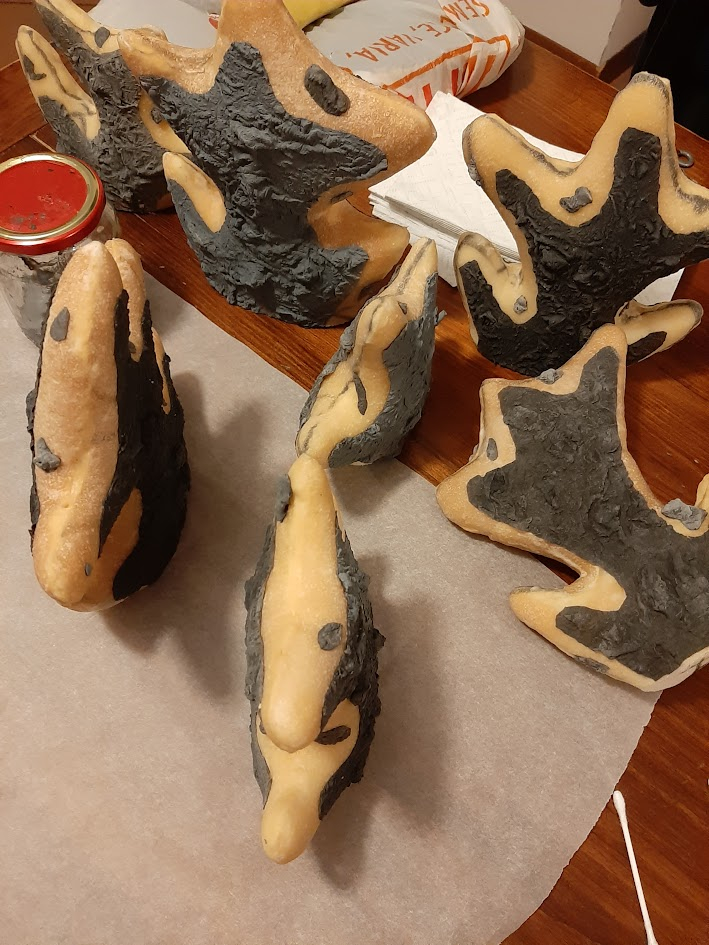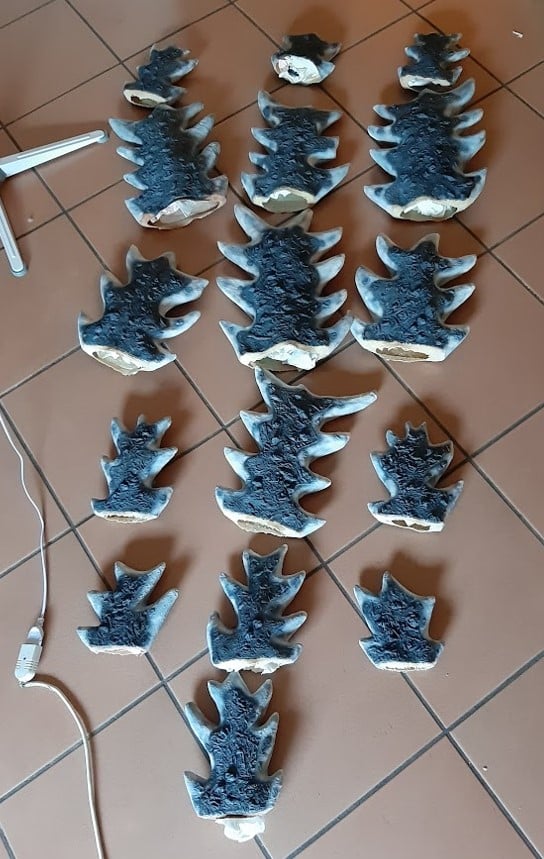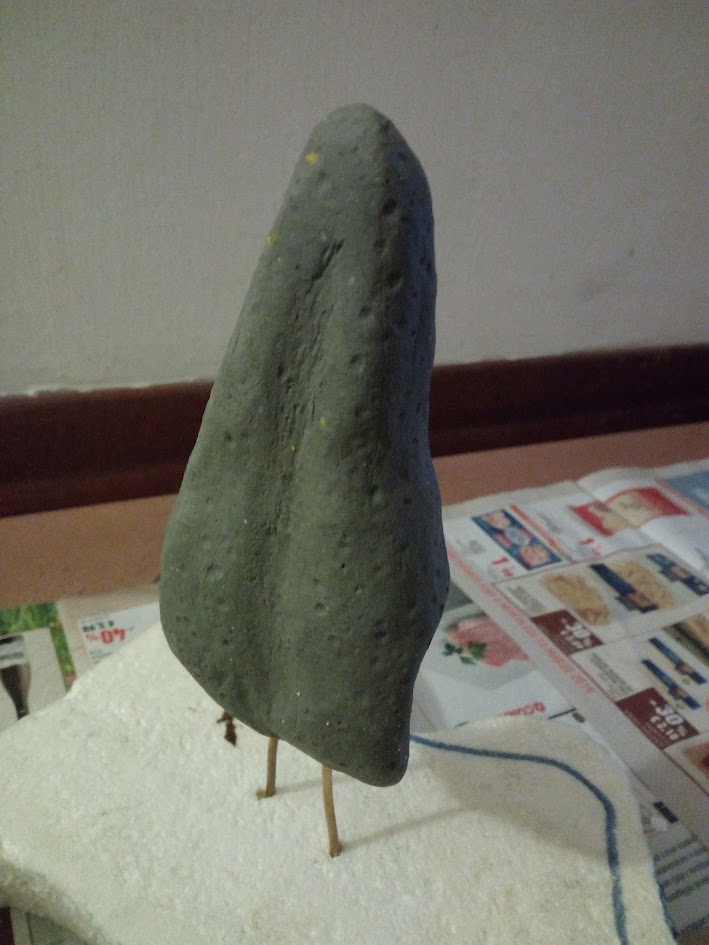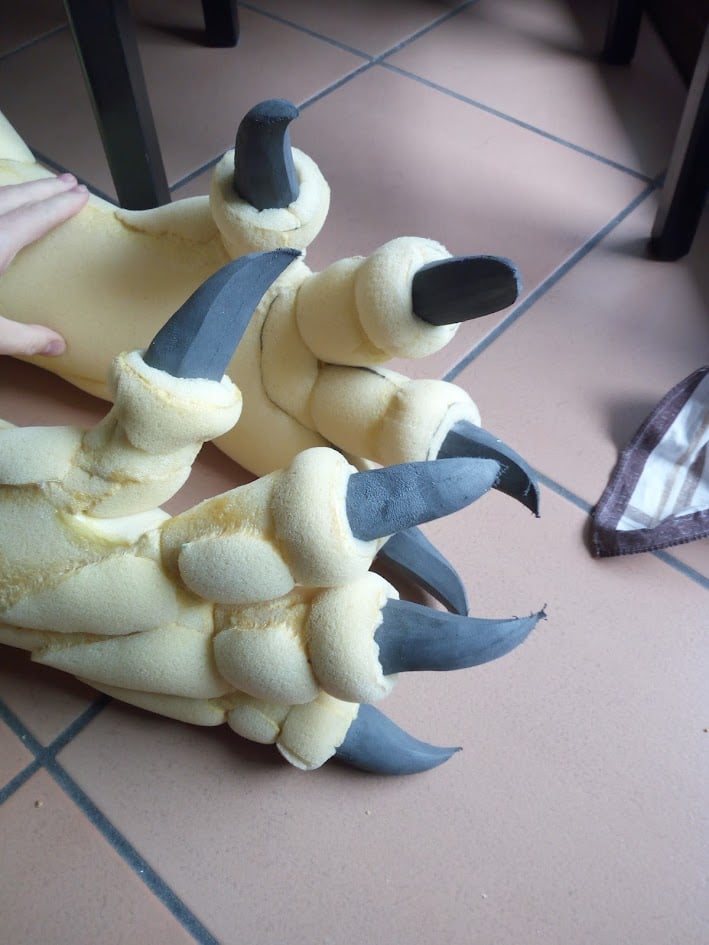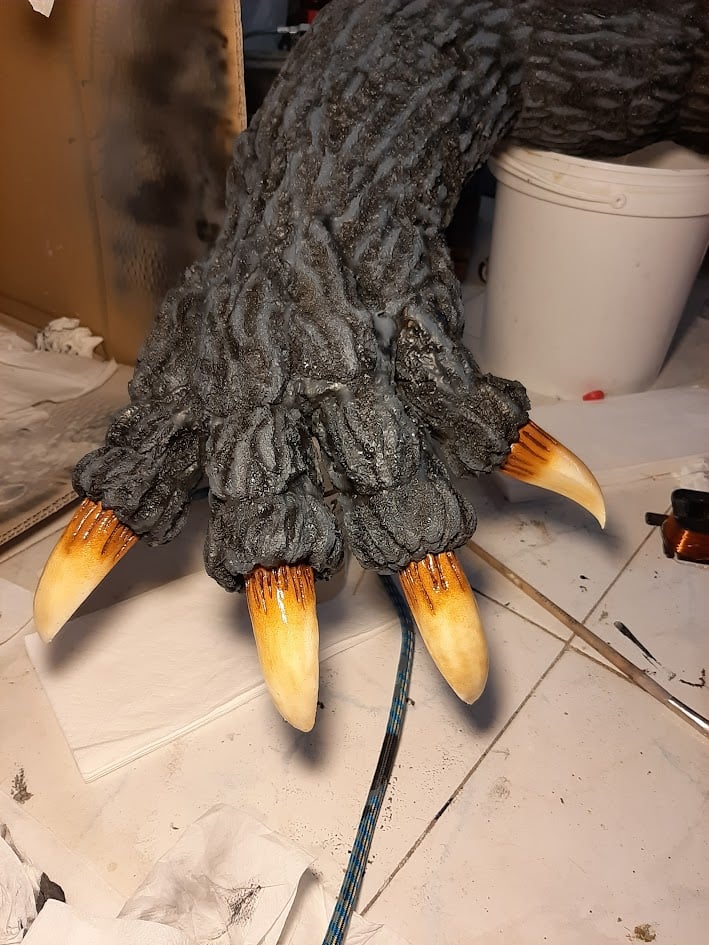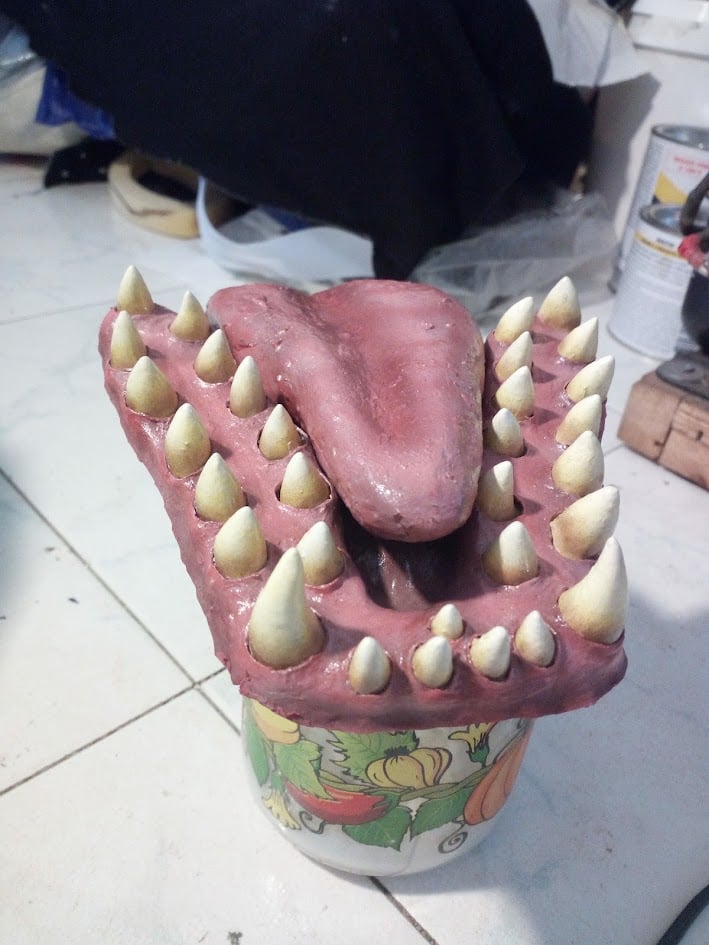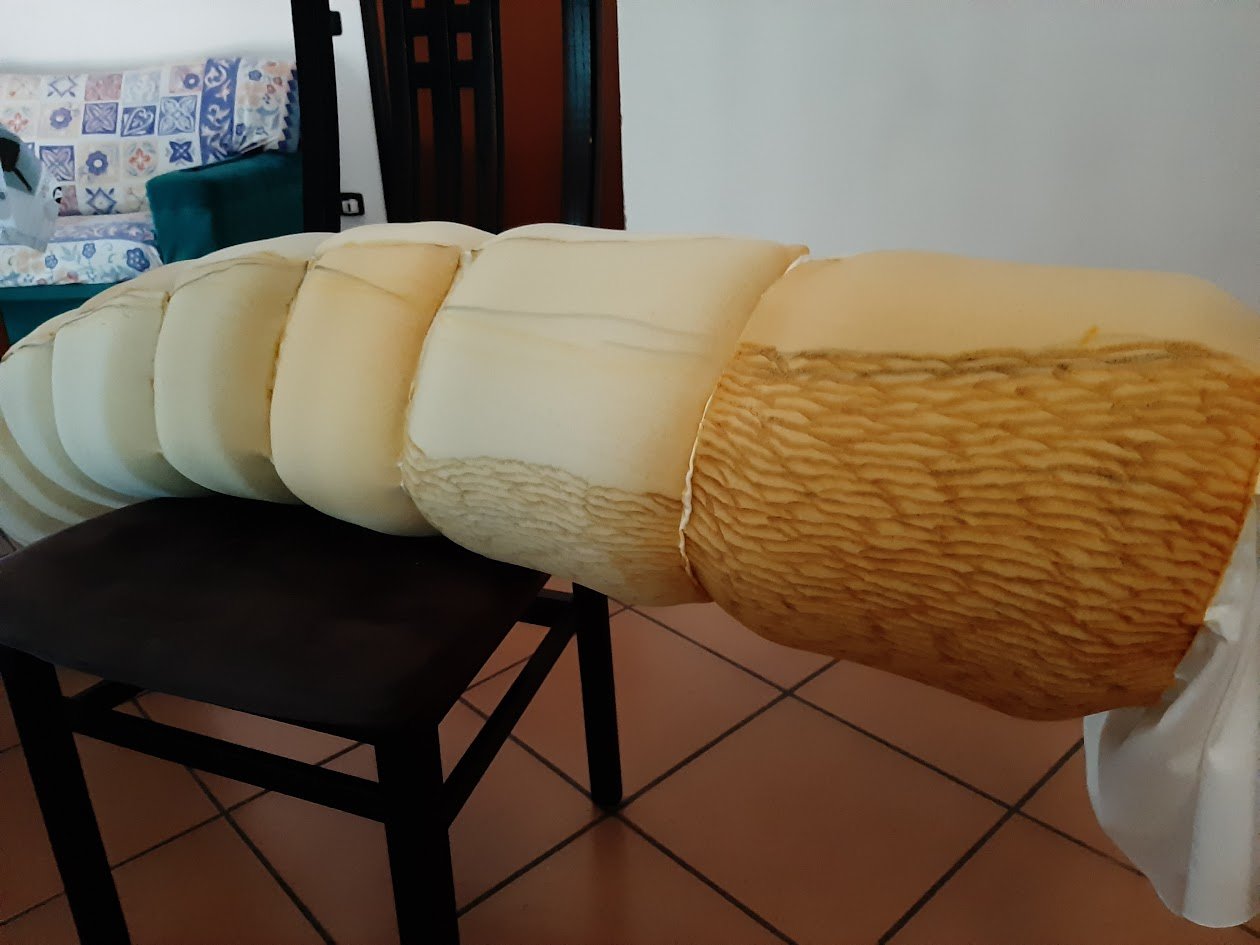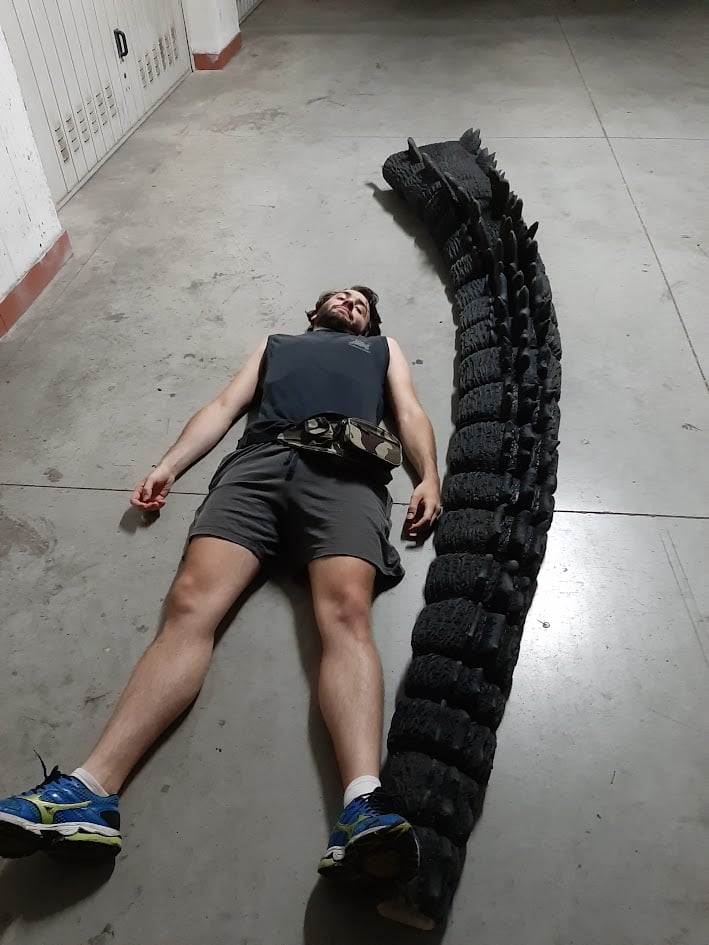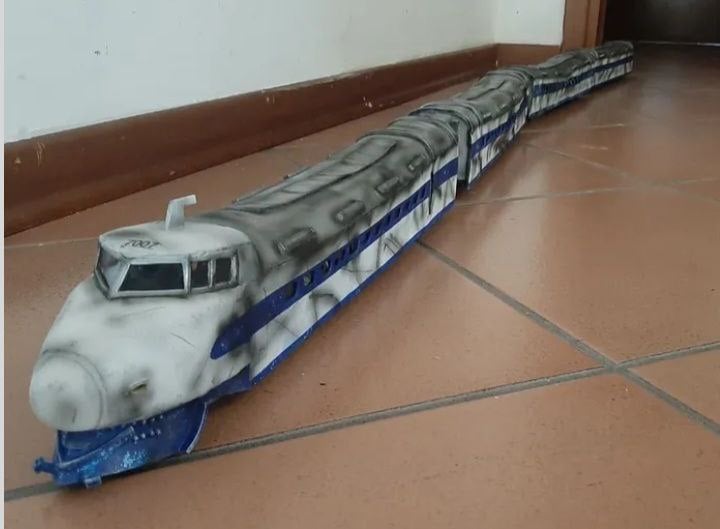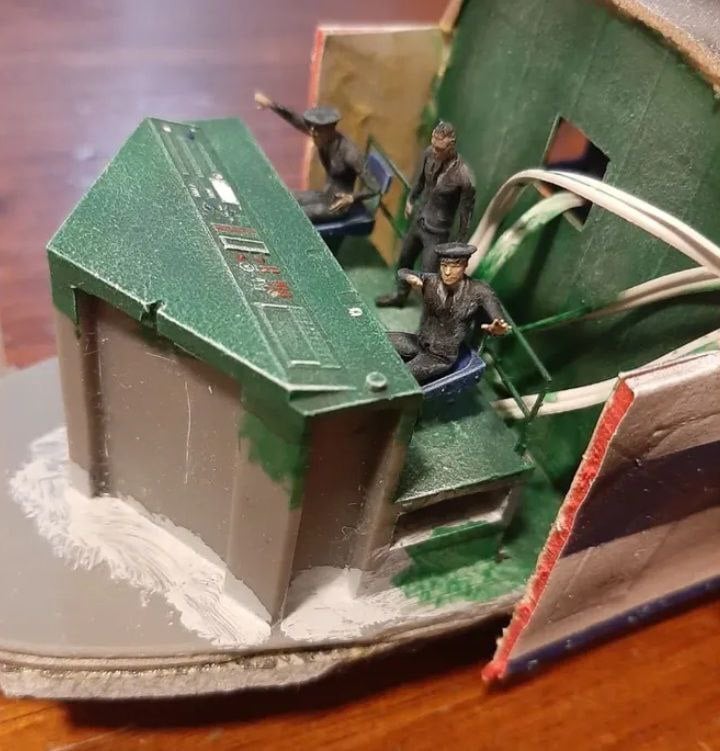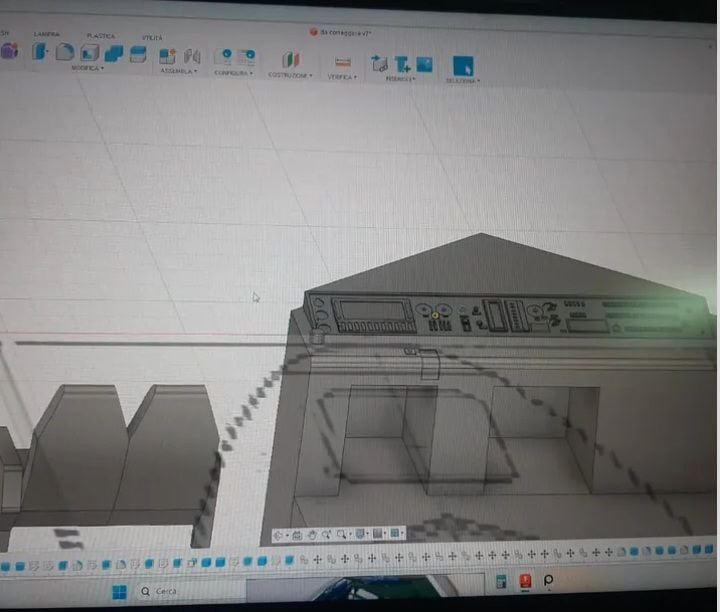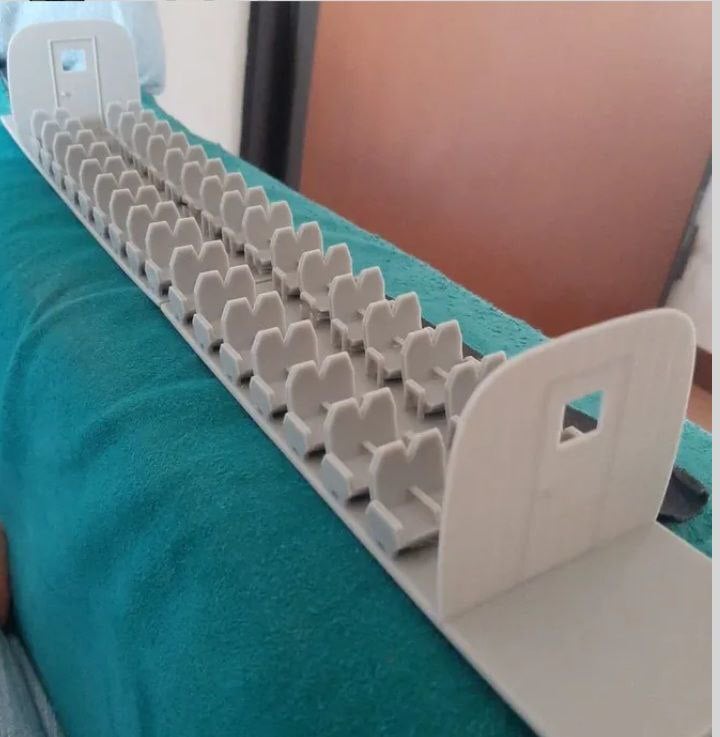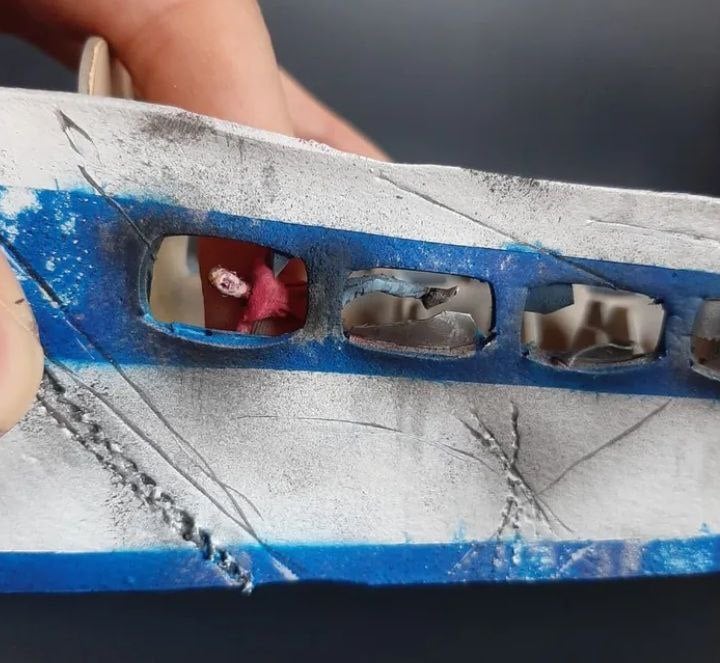Godzilla 1994 "MogeGoji"
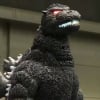 GOJI990
✭
GOJI990
✭
I created this Godzilla costume, specifically this version called "MogeGoji," using several techniques. The first was a 3D scan of an action figure. Once I had the scan, I imported the file into Autodesk, which provided me with "puzzles" to trace onto the foam. Once I cut and glued the foam rubber pieces, I obtained the basic shapes of the body, legs, and skull model.
The arms and tail were created by sculpting the foam rubber without a 3D scan, following the proportions of the rest of the costume. The fins were sculpted by hand, with their own polyurethane masters. Each polyurethane fin received 20 layers of pre-vulcanized latex. Once the latex bodies were removed from each polyurethane piece, I obtained completely hollow latex rear fins. I needed them to insert the lighting and take advantage of the organic luminescence effect that the latex produces when illuminated.
The claws are made of EVA foam and heat-sculpted. Finally, they were treated with resin, airbrushed, and sprayed with a glossy plasticizer. My intention was to create a visual contrast between the skin and the claws.
Since the scanned parts (body, legs, and head) provide a working base but not a perfect surface and aesthetic, I hand-sculpted Godzilla's musculature and then burned the skin texture onto the entire suit using a pyrography tool. The head underwent the same treatment.
The suit reproduces the same effects as the old suits used for the Toho films: functional and colorful atomic breathing, glowing dorsal fins, and glowing eyes. These effects are best achieved in a dark environment, preferably. Pre-vulcanized latex was applied to the entire surface of the suit and airbrushed to simulate the skin of the original "MogeGoji" from the film.
The internal fiberglass skull contains the servos for opening the mouth, the LEDs to illuminate the atomic breath and eyes, and finally the atomic breath outlet tube. To create Godzilla's "mask," I wrapped the skull in masking tape and freehandedly drew puzzle pieces to create the necessary pieces for the mask. These were then removed from the skull and traced onto foam rubber. Once glued together, I obtained the leather mask for the skull.
Each fin is supported by a fiberglass core, which in turn supports a long series of LEDs programmed with Arduino to replicate the sequence seen in the movie.
The entire costume has an internal structure made of plastic tubes with a fiberglass bodice containing the atomic breath canisters (simple cans of air used to clean keyboards).
The lighting system for the fins, atomic breath, and eyes is activated by a hidden button on the left hand; On the right hand, there's another button that controls the opening of the mouth.
The nose, gums, and tongue were hand-sculpted with plasticine, and after being molded in plaster, 20 layers of latex were applied to achieve the appropriate thickness for the muzzle.
However, it was decided to equip Godzilla with a "weapon," namely a nunchaku train. In almost every film, he grabs one and bites it. I created two of them, a Type 0 Shinkansen and a Nagoya Meijo Line train, both with detailed interiors, complete with crew (processed by me with "mixamo" software). The train body is made of EVA foam, and the carriages were designed and printed entirely in resin. The flickering LEDs, which I soldered, contribute to the train's dilapidated appearance.
This costume was created for the World Cosplay Summit, a competition in which participants compete in pairs. My costume and that of @andrea_re_vega_vesnaver, who also designed Godzilla's electronics, represented Italy.
Cosplay/creator: https://www.instagram.com/matt_of_the_monsters?igsh=bXA3Y3c3cWlneHdk
Electronic: https://www.instagram.com/andrea_re_vega_vesnaver?igsh=MWU1ZnZiNWNkbXU5cg==
